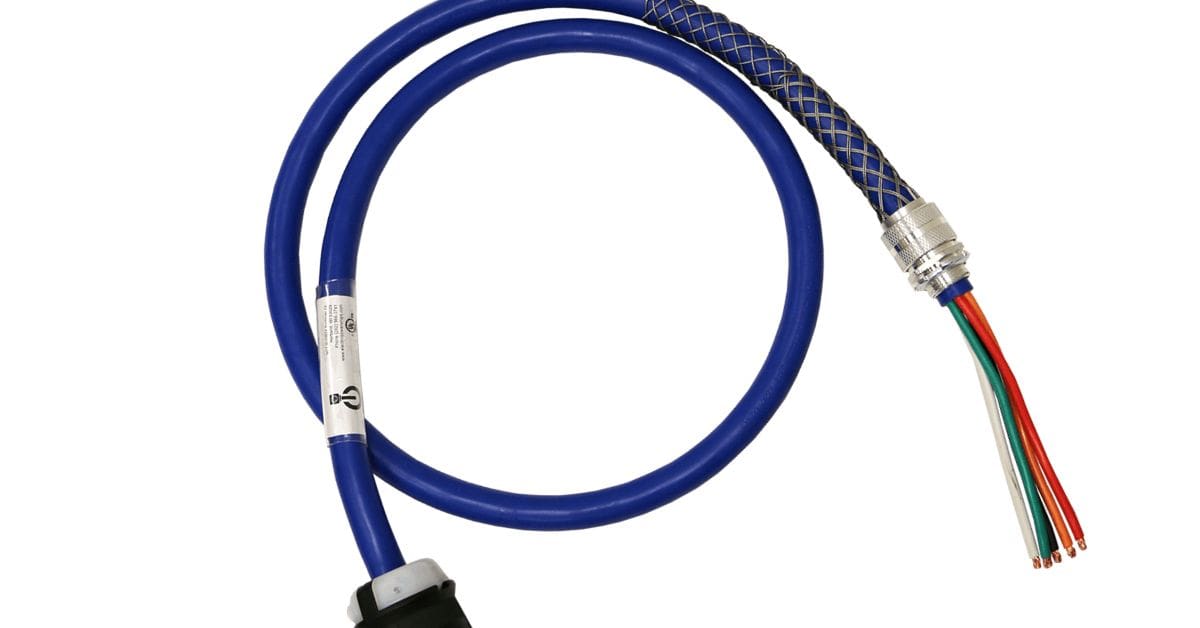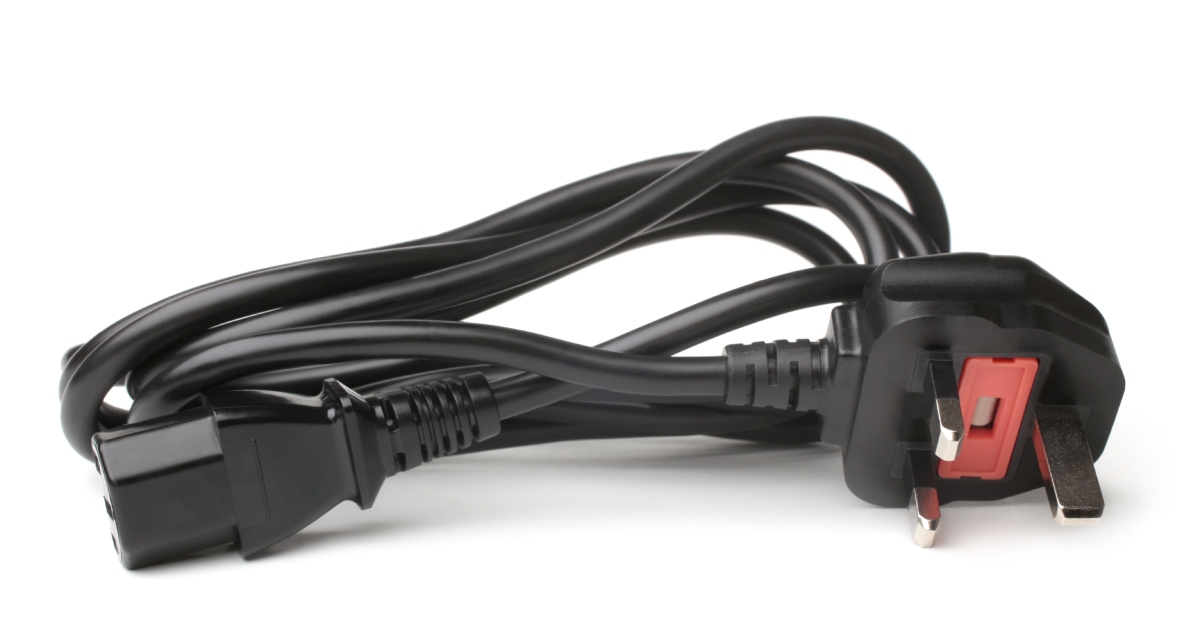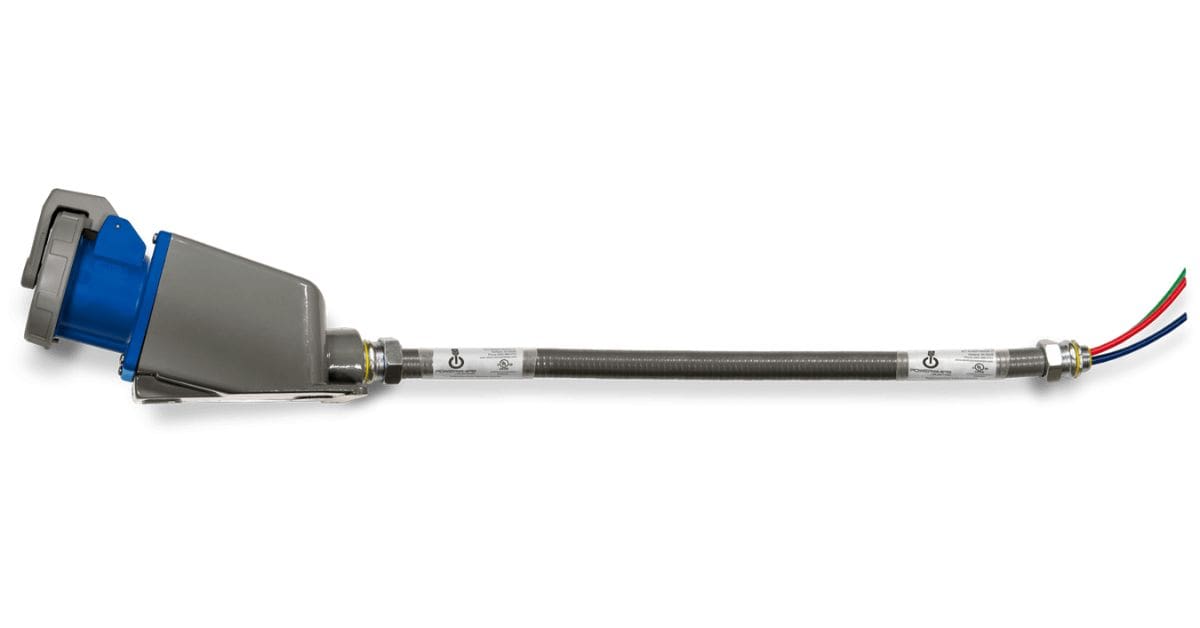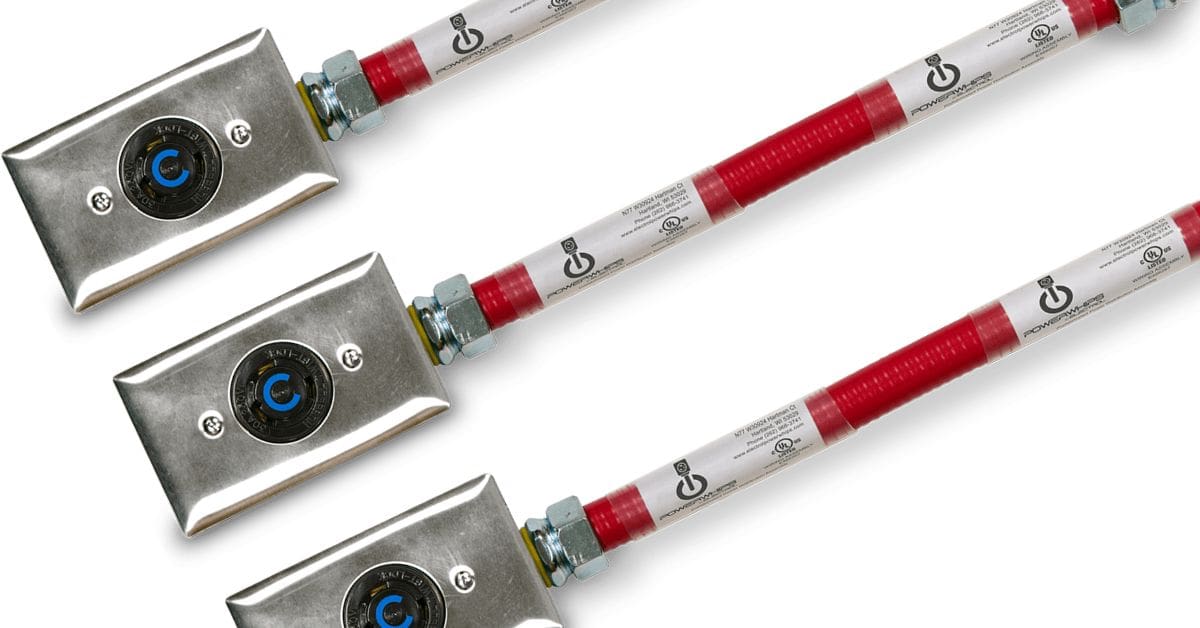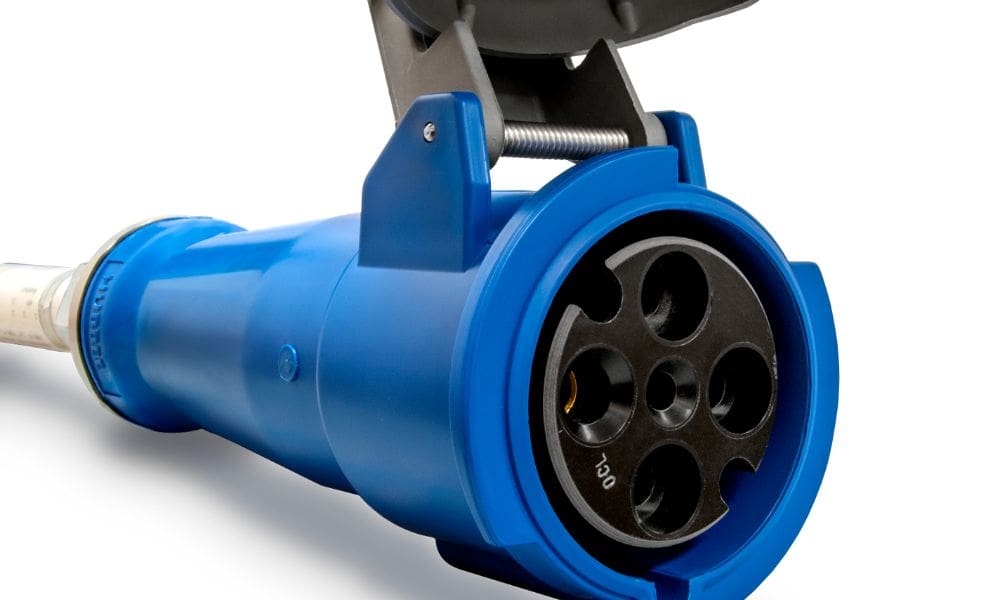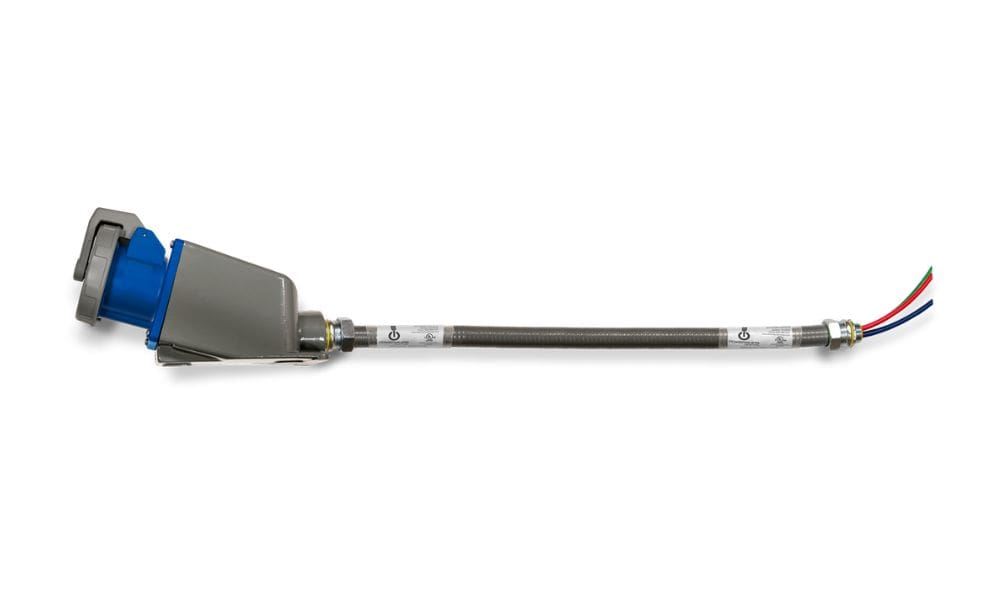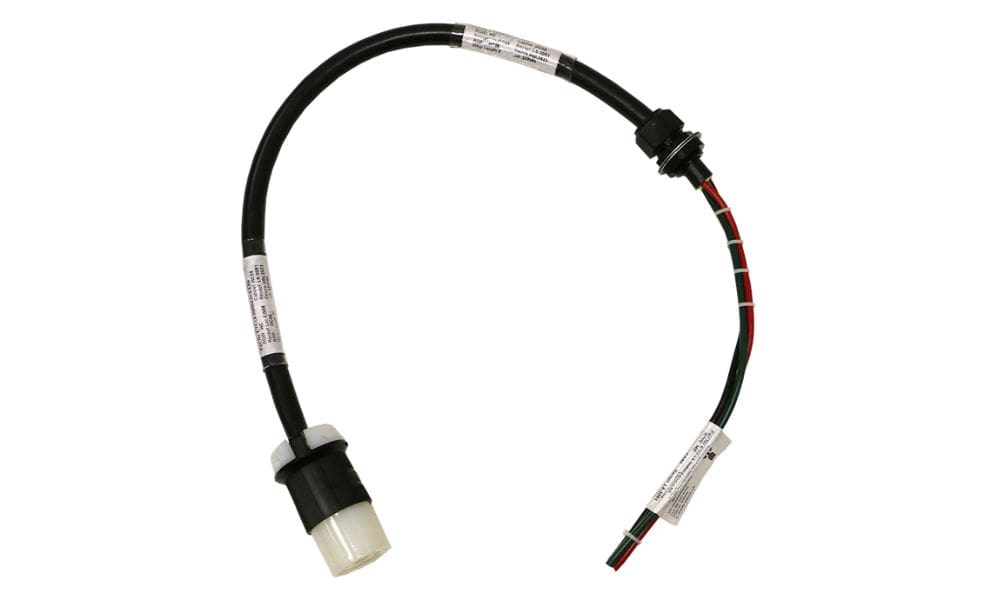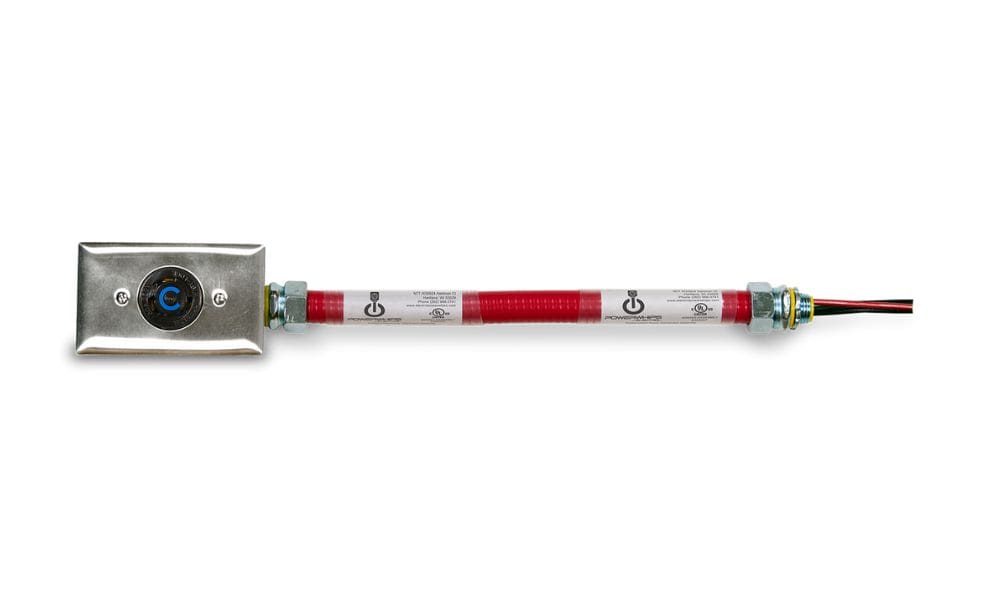Blog
Tips for Wiring Your Data Center Underfloor
Boost your data center’s reliability by mastering underfloor wiring. Discover essential practices to ensure smooth operations and future scalability.
Common Applications for SOOW Cable Cords
A SOOW power cord offers great protection and durability for reliable power. Discover common applications for SOOW cables in modern industries.
The Benefits of Prefabricated Power Whips
Your data center’s power whips are essential to its operations, and using prefabricated power whips provides numerous benefits that increase efficiency.
What Does SOOW Cable Stand for, and How Do They Work?
Many data centers use SOOW cables, given their numerous benefits. However, some people don’t know what SOOW stands for or what makes the cables reliable.
Short Guide on How IEC 60309 Power Cords Are Made
Many cords help a data center operate; one of the most pivotal, the IEC 60309 power cord, has a detailed manufacturing process. Learn more here!
Why Are Straight Blade NEMA Receptacle Used in Data Centers?
There are many important factors in a data center’s infrastructure, but using straight-blade NEMA receptacles is obscuring in terms of their value.
Data Center Under Floor vs. Overhead Cords: Which Is Better?
There are many ways to structure cabling in data centers, and two of the most popular are under floor and overhead systems. Learn their benefits here!
5 Ways the Government Benefits From Data Centers
Data centers provide many services to various industries, and some of their most important clients are the local and state governments. Learn more here!
Different Types of Russellstoll Pin and Sleeve Connectors
It’s essential to use the best safety standards for electrical connections, and the different types of Russsellstoll pin and sleeve connectors will assure them.
A Quick Overview of How IEC 60309 Cords Are Made
IEC 60309 cables offer a reliable power supply in many data centers, and understating the process of making them helps us comprehend its benefits.
4 Must-Have Power Cords for Your Data Center
A power supply is essential for the devices in your data center. Providing the most efficient power source involves understanding and choosing the best cords.
Why You Should Use NEMA Cords in Your Data Center
The best way to ensure your data center remains operational and efficient is with a reliable power source, and NEMA cords can help you do just that.
GET IN TOUCH WITH US TODAY
FOLLOW US


